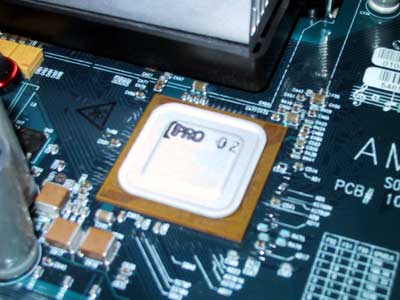pascal said:
I agree with Clashman that software is not up to the hardware development.
Sometimes a poor software will be transformed in CPU limited games.
CPUs and GPUs today are really good, we need developers to use it elegantlly.
The same sentiments came up in an earlier thread that was more provocatively named. I have a feeling that the populace of the B3D forum has a somewhat unrealistic view of the hardware that the general gamebuying public has access to. Valve made a survey, and while you can argue about the statistical selection, at least they have reasonably comprehensive data from over half a million people who are online gamers and were interested enough to answer.
The results are mandatory knowledge for any discussion such as this:
http://valve.speakeasy.net/
Since Half-Life is far and away the largest online shooter, it is the customer base that everyone else wants to steal. The results are somewhat confirmed by the fact that typically many of the top 10 bestselling titles are very light on the system requirements.
My point? Only in a place like this forum is it considered a
benefit if the game demands the absolute latest hardware to run well. We're not representative.
For the forseeable future, (which admittedly is very short) we can expect the usual - fillrate demands are user adjustable by way of resolution, geometry and similar are adjustable to some smaller degree, by differing mechanisms.
Developers will be very reluctant to make their games
require more advanced features in order to run, since that would risk cutting off too many potential customers. Which means that we might see some nice effect requiring higher level hardware, but the fundamentals of the engine will not.
I can't see this changing in any direction but for the worse since overall the rate of system upgrading seems to be slowing down. Developers shouldn't be blamed for taking the realities of their target market into account.
My candidates for top bottlenecks? CPU/memory currently, with AGP joining eventually. However, developers design around the available hardware - what is percieved as a bottleneck is to a large degree subjective and probably has mostly to do with changes in the status quo.
Entropy
 .
.
